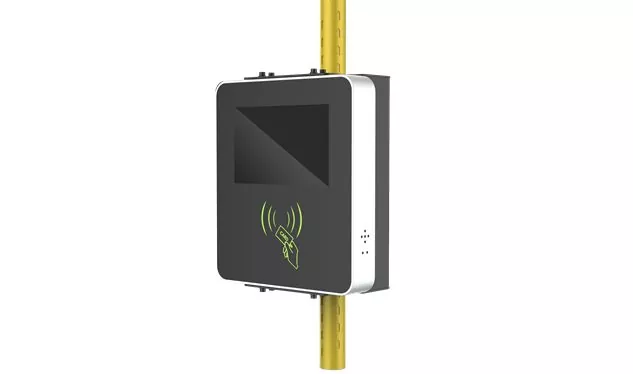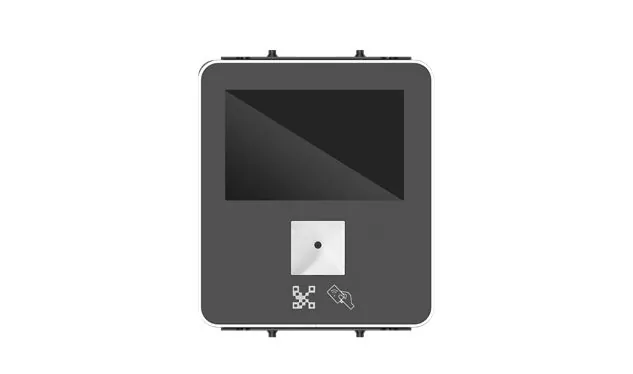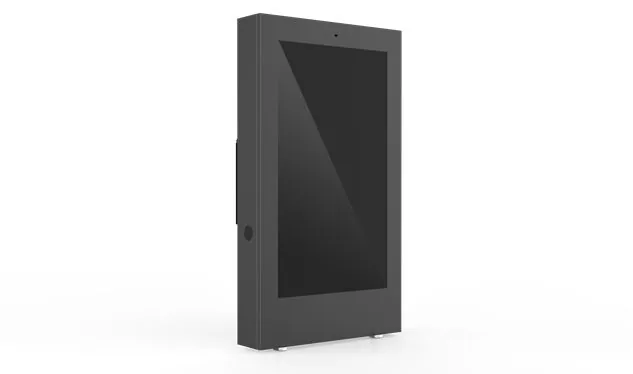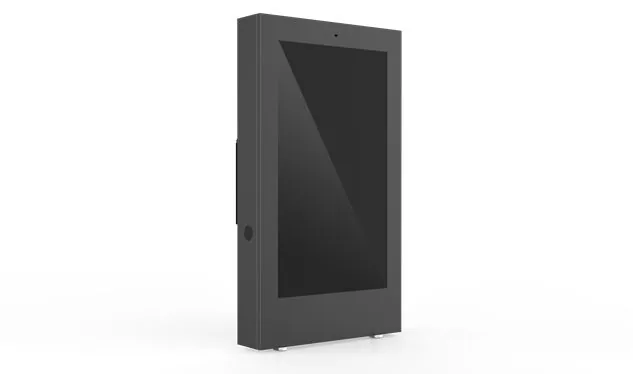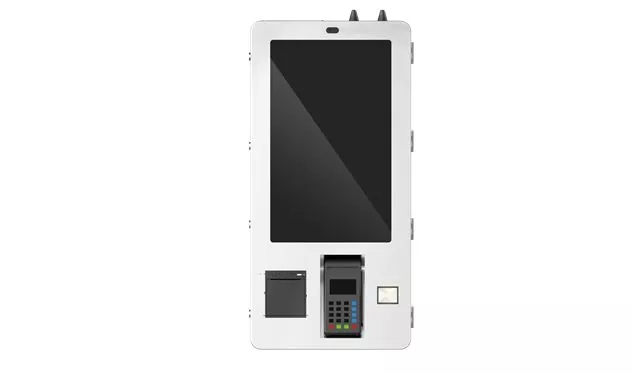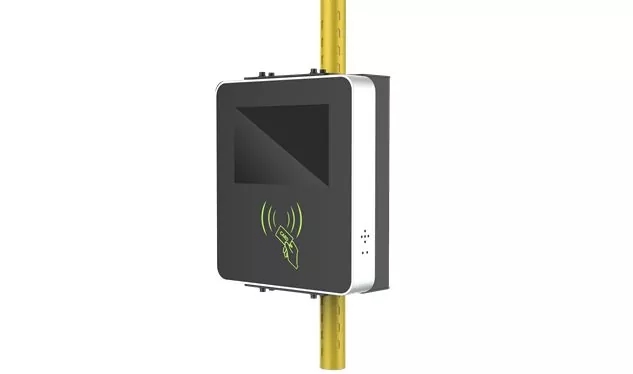Outdoor Touch Screen Monitor
The market for outdoor touch screen monitors is poised for significant growth, driven by increasing demand across various industries such as retail, transportation, hospitality, and public infrastructure. The advancement of interactive technology and the growing need for dynamic, real-time communication in outdoor environments are major factors contributing to this upward trend.
Send Inquiry
Key Market Drivers:
Rising Demand for Interactive Digital Signage: Outdoor touch screen monitors are essential for digital signage, which is widely used in advertising, information dissemination, and wayfinding. Retailers, malls, airports, and transportation hubs are investing in these monitors to provide a more engaging user experience that captures attention and provides useful information.
Growth of Smart Cities: As cities worldwide adopt smart city initiatives, there is a growing need for interactive public displays that can provide real-time information to residents and visitors. Outdoor touch screens are used for applications like traffic information, public transportation schedules, emergency alerts, and interactive city maps, enhancing urban connectivity.
Expansion of Self-Service Kiosks: The adoption of self-service technology in sectors like food and beverage, ticketing, banking (ATMs), and parking management is driving demand for durable outdoor touch screens that can operate in various weather conditions while offering a user-friendly interface.
Technological Advancements: Improvements in touch screen technology, such as enhanced brightness, anti-glare coatings, vandal-resistant glass, and advanced touch sensors, are making outdoor touch screens more reliable and effective in challenging environments. These advancements are encouraging broader adoption across new use cases.
Pandemic-Induced Changes in Consumer Behavior: The COVID-19 pandemic accelerated the adoption of contactless and self-service technologies. Outdoor touch screens have become a preferred solution for businesses seeking to minimize direct human contact while maintaining efficient service delivery, further boosting market growth.
Market Challenges:
High Initial Costs: The costs associated with high brightness screens, rugged enclosures, and weatherproofing can be substantial, which might deter small businesses from adopting this technology.
Environmental Challenges: Outdoor touch screens must be designed to withstand harsh weather conditions, including extreme temperatures, rain, and direct sunlight. Maintaining performance and longevity in these conditions is a key challenge that manufacturers continue to address through improved designs.
Security and Vandalism Concerns: Outdoor screens are often placed in public or unsupervised areas, making them vulnerable to vandalism. Incorporating anti-vandal features like shatterproof glass and secure mounting can mitigate these risks but also adds to the cost.
Future Prospects:
Expansion into New Applications: The market is expected to expand into new sectors, such as healthcare, where outdoor touch screens can be used for interactive patient check-ins, information kiosks, and health monitoring stations in remote or outdoor settings.
Integration with IoT and AI: The integration of outdoor touch screens with Internet of Things (IoT) devices and Artificial Intelligence (AI) is anticipated to drive future innovations. This includes predictive maintenance of the screens, personalized content delivery, and advanced analytics for user interaction data.
Sustainability Trends: As companies focus on sustainability, there is an increasing interest in energy-efficient touch screen technologies, such as screens with solar power options or those with low power consumption modes that reduce environmental impact.
Increased Customization and Modular Designs: Future outdoor touch screens are likely to feature modular designs that allow for easier customization, upgrades, and maintenance. This flexibility will attract businesses that require tailored solutions to meet specific operational needs.
Market Outlook:
The outdoor touch screen monitor market is expected to grow significantly, with a compound annual growth rate (CAGR) projected to remain strong over the next five to ten years. This growth will be driven by technological advancements, expanding applications, and increased consumer and business reliance on interactive digital interfaces. As industries continue to digitize and automate, outdoor touch screens will play a critical role in enhancing customer engagement, improving service efficiency, and providing valuable real-time information.



